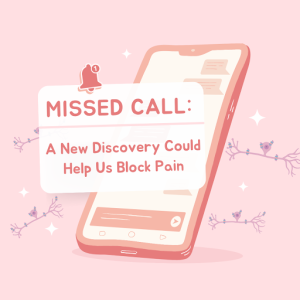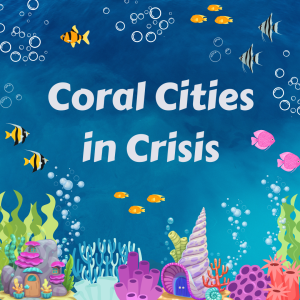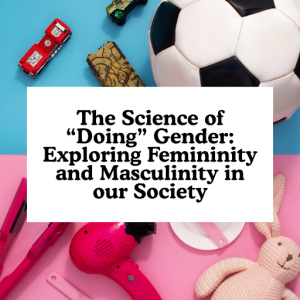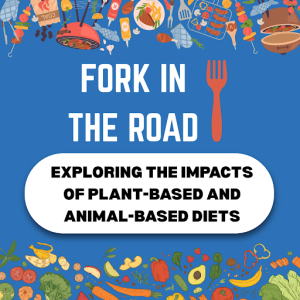By Emily Krueger, C2ST Intern, Loyola University
Pain is essential to our survival. It alerts us to danger and tells us when something is wrong inside our bodies. But sometimes, this system malfunctions, and pain can become chronic. Chronic pain can result from injury or disease, but sometimes it has no clear source. Nearly 21% of adults in the United States experience chronic pain, which is comparable to the number of people who have diseases like high blood pressure, diabetes, and depression. Because pain is a personal and complex experience that is unique to each of us, it can be tough to treat pain effectively. Fortunately, new research is uncovering an unexpected target for reducing pain right at its source.
Continue reading “Missed Call: A New Discovery Could Help Us Block Pain”
By Hayden Nelson, C2ST Intern, University of Chicago
Beneath the surface of the world’s oceans, coral reefs form some of the most vibrant and diverse ecosystems on Earth. Coral reefs are like little cities on the ocean floor, built by thousands of tiny animals called corals. While they might look like plants or rocks, corals are actually living creatures that provide food and shelter for a wide variety of ocean life. Coral reefs also benefit humans by protecting coastlines from storms and erosion, supporting fishing industries, tourism, and local economies. But despite all they have to offer, these ecosystems are now facing a serious crisis: coral bleaching.
By Riley Henry, C2ST Intern, Loyola University
How often do you think about your gender? Do you think about it when you choose what to wear in the morning or what to watch at the movie theater? What about big life decisions, like choosing your college major? Your gender is a part of your daily routine in ways that you might not even realize. Let’s explore what science has to say about how gender surrounds us in ways that we may not always recognize!
By Allis Emmet, C2ST Intern, DePaul University
In the past decade or so, plant-based diets have shifted from niche to mainstream. Oat milk, cauliflower wings, Green Goddess salads, Beyond Beef— and the list goes on. But what is motivating this trend? In the U.S., our food production takes up a massive amount of our natural resources—50% of our land, 80% of our fresh water, and 17% of our fossil energy. While this includes all forms of agriculture, the meat and dairy industries use the most resources by far. The majority of cropland in the U.S. is used to grow food for livestock, not people. Any clue how many livestock are bred in the U.S. each year? The yearly livestock population is around 9 billion, which weighs 5 times as much as the U.S. human population! In effect, animal agriculture requires an abundance of energy yet yields less in comparison to plants.
Continue reading “Fork in the Road: Exploring the Impacts of Plant-Based and Animal-Based Diets”



